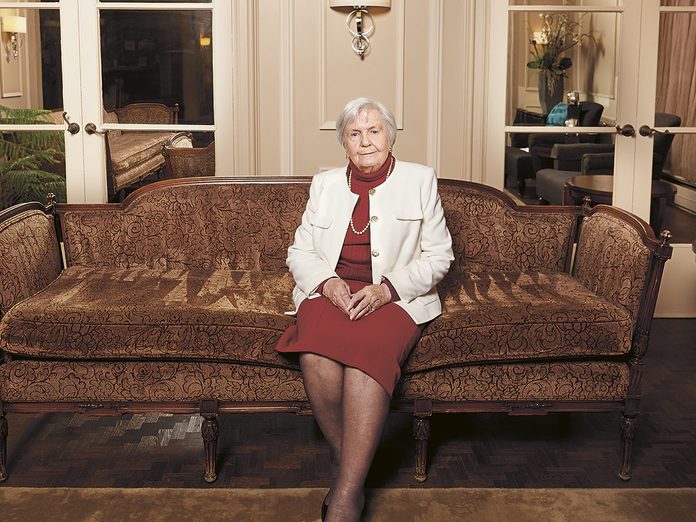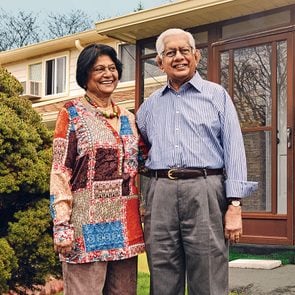These Seniors Are Forming Their Own Retirement Communities—Without Leaving Home

Oasis, a program that began in Kingston, Ontario a decade ago, brings the concept of a retirement community into private residences.
In 2007, as part of her work at the Council on Aging in Kingston, Ontario, Christine McMillan began interviewing seniors in the city about their most pressing needs. A couple years into that project, McMillan, who was 79 years old at the time, connected with people living in Bowling Green 2, an unassuming grey mid-rise that’s part of a complex of buildings across the street from the Kingston Centre mall. It isn’t a bad place to grow old: its apartments are affordable and within walking distance of grocery stores, pharmacies and banks.
Despite those conveniences, however, the 12 residents McMillan spoke to confirmed an unaddressed problem she’d already identified among this demographic: crushing loneliness. Most of them were widows and described sitting in their apartments all day, watching TV and napping—and subsisting on tea, toast and cereal because they lacked the motivation to cook a proper meal for themselves. They dreaded having to go into long-term care but couldn’t afford to move to a retirement home.
“What they said really bothered me,” says McMillan. But it also underlined a question she’d been asking herself since she began the research: why couldn’t the activities and meals that happen in the common room of a retirement home exist in the common spaces of a private apartment building?
McMillan and her team, who named their concept Oasis, got Bowling Green 2’s landlord to let the group use the common room and to convert an unused space into a coffee lounge. Then, in 2010, with funding from the federal government, they hired full-time staffers to run the program, which included group exercise classes and activities like art lessons and Wii bowling. (More funding followed from the City of Kingston, the United Way and local health networks run by the province.) Meanwhile, Oasis partnered with St. Lawrence College, whose culinary students created healthy meals for participants to eat in the common room for a small fee.
“I’ll never forget our first meeting—the residents were so excited,” says McMillan, adding that she was particularly touched by one woman who shared how isolated she’d been. That woman told the group that when she’d opened her door to attend Oasis, she chatted with the woman across the hall for the first time. Both of them, they realized, had been sitting alone in their apartments all winter, not knowing a potential friend was so near.
Within the first year, the program almost doubled in size. Participants lined up down the hall to wait for the coffee lounge to open in the mornings, and the collective dinners often stretched to two or three hours long as people kept chatting.
Seventy-seven-year-old Elaine Watier, who moved into the building and joined Oasis in 2017, immediately reaped the benefits of the program, learning to play bridge and starting a craft group that makes projects for local charities and hospitals. “It’s given me a sense of worth,” she says. “And I’m never lonely.”
In 2018, Oasis attracted the attention of researchers at Queen’s University, who received grants to temporarily expand the concept to six more buildings in southern Ontario—including in London and Hamilton. “My co-investigator, Vincent DePaul, and I saw this as an ideal program to help think about how to support older adults at home,” explains Catherine Donnelly, director of the school’s Health Services and Policy Research Institute. After analyzing Oasis, she reported that the program had led to fewer falls, less inactivity, better nutrition and, of course, an increased sense of community.
While Donnelly and her team try to put together funding to keep the Oasis programs going long-term, they continue, with some adjustments, during COVID-19. McMillan, for her part, has partnered with the University Health Network to create an Oasis in the Toronto apartment building where she moved a few years ago. She thinks the idea deserves to keep growing. “It’s cheap and it addresses all the issues of aging,” she says. “Apartment owners love it, seniors love it, and their families love it.”
Next, meet the four Ontario women who found their own alternative to retirement living.






